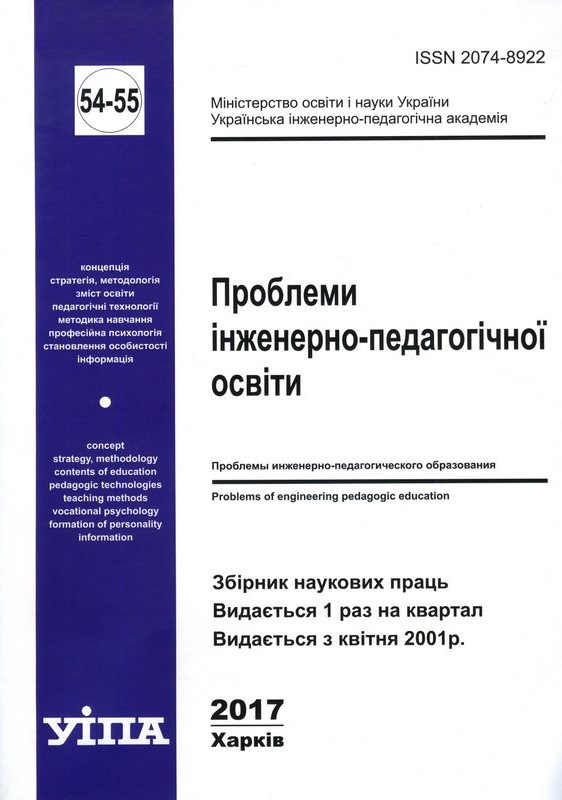Анотація
The article presents the results of using Electronics Workbench system in the educational process for computer disciplines. The analysis of the use of Electronics Workbench system in education is carried out. The findings allow us to claim that a significant part of publications is concentrated on the description of the system itself. Some examples of the use are given for the basic elements. The author suggests studying materials on computer technology by means of an independent design of basic computer units "from the bottom up". By this, the competence "the ability to design the technical means of computer systems" is realized. The theoretical basis of computer technology is the Boolean algebra.
The basic functions are AND, OR, NOT. Diodes and transistors are basic technical elements. As a first step in the mastering of computer technology, a student is offered to design and explore the basic functions from diodes and transistors which are included in Electronics Workbench library. The most important element of computer memory is a trigger. Their types are quite numerous: RS, T, D, JK, synchronous, asynchronous, single-cycle, two- cycle. And although Electronics Workbench has several ready-made circuits that perform the trigger functions, it is advisable in the training purposes to assemble one of the trigger types independently and to be sure of its ability to store one bit of information. For this purpose, an asynchronous RS trigger based on OR-NOR elements is constructed. The source of the logical unit is the battery +Vcc, setup (S) and reset (R) signals are managed with the help of two keys. Accordingly, the letter S is fixed in properties of the key that operates the submission of a signal "Setup", and the letter R is fixed in properties of the key that operates the submission of a signal "Reset". The indication of the state of the trigger is carried out using the element Red Probe. JK-trigger has found wide application in computer circuitry, as when its inputs are switched in certain ways, it is possible to implement other types of triggers.
For research of these opportunities it is recommended to use a layout based on the JK-trigger from Electronics Workbench library with inputs of compulsory installation in zero or one. Students fill in special tables during carrying out the experiments on the JK-trigger. According to their analysis, the conclusion is made in which mode the JK-trigger operates. Registers are built on the basis of triggers in the computer. Modern processors have up to several hundred registers for various purposes. The register in general should have information inputs, information outputs and control inputs that allow resetting the register and writing information into it. Corresponding circuits are necessary for this purpose. To study the processes of recording, storing and issuing information, a virtual layout of the register is used in four bits. After the experiments on the basis of the developed scheme, a subсircuit is created, which will be used later as a complete unit. Using the JK trigger in T- trigger mode, it is possible to construct a binary pulse counter. Binary counters are used to build a computer control unit, a timer, and other functions.
It is offered to students to assemble a corresponding layout and to investigate it. To study the time diagram of the counter operation, you may connect Logic Analyzer to its outputs. In the process of acquiring study materials, an important place should be given to the method of designing combinational circuits according to the truth table. One of the laboratory works can be the designing of a decoder and its studying on a virtual layout. Having mastered the functioning of the base units of the computer, it is possible to pass to understanding the logic of work of the whole processor.
The main task of the processor is to execute the commands of the program that are part of its instruction set. The common thing for all commands is that they are executed in several cycles, initiated by the corresponding micro-commands. Several units are used at execution of each command: the clock generator, the counter, decoders which form the control unit of a processor. The technology of execution of commands of the processor can be mastered by studying the example of the elementary command MOV – transfer of a binary word from one register into another. For this purpose the corresponding virtual layout is used.
Thus, the use of the system of circuit simulation of Electronics Workbench in the educational process allows student to understand the logic of how computers work, to master a technique of designing individual units of the computer and carrying out experiments with them at minimal expense and maximal flexibility.


